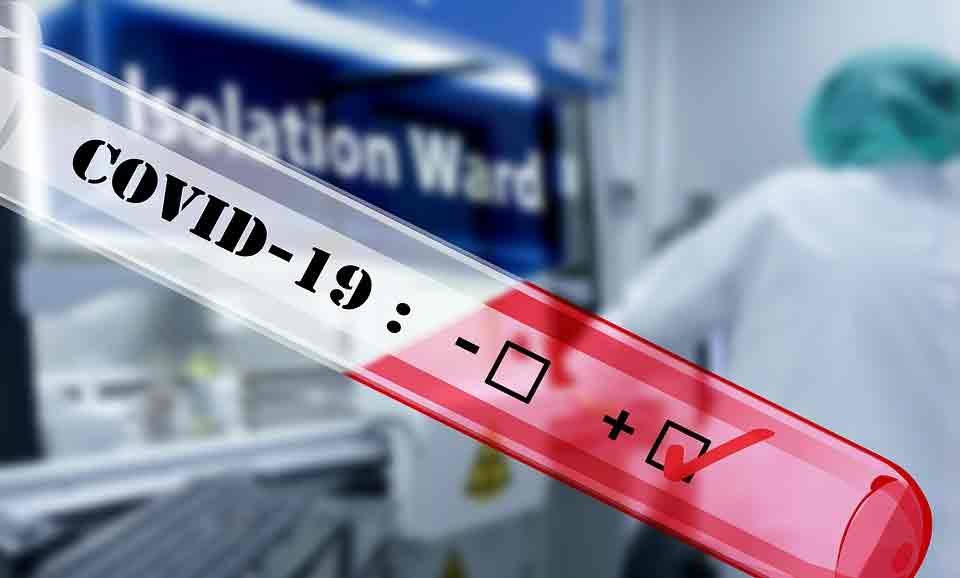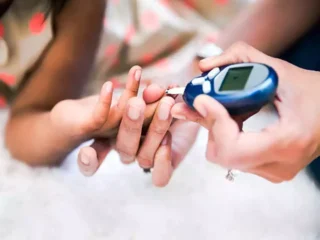A promising coronavirus vaccine candidate cleared a key hurdle this week, when Moderna Therapeutics entered phase two of clinical trials.
The move signals that the company’s mRNA vaccine has passed its initial safety checks and has met an important milestone in bringing this drug closer to the public and commercial markets.
After almost five months of global deaths and economic shutdowns wrought by the COVID-19 pandemic, people are anxiously awaiting a glimmer of hope for a return to normal routines.
This partly explains the recent frenzy over results from Moderna and its frontrunner candidate, which moved from the company’s lab in Cambridge, Massachusetts, to human trials in a record-setting 63 days.
On May 18, the biotech company had announced preliminary findings that healthy subjects had responded to its mRNA vaccine by producing “neutralizing antibodies.”
Antibodies are the key sentinels made by the immune system to prevent infection by the coronavirus.
Experts were quick to point out that the results applied to only eight people out of 45 in the trial, which is being conducted by the U.S. National Institute of Allergy and Infectious Diseases.
The company has not released sufficient information to gauge whether the phase one subjects had protective immune responses, which is widely considered by immunologists to involve more than simply producing antibodies.
But the details that Moderna did present, paired with the latest announcement, suggest that the company may be on its way to achieving something unprecedented: licensing the first mRNA vaccine for human use.
“The results are exciting, because they’ve got phase one data showing that the vaccine is safe, which is a big deal,” says Ali Salem, a drug developer and professor at the University of Iowa’s College of Pharmacy who is not involved in the Moderna trial.
The phase two trial will involve an estimated 600 participants spread across 10 sites and eight states.
Those sites began screening for subjects this week, and if they qualify based on physical exams, some will receive immunizations starting this coming Monday.
After this story initially published, Moderna confirmed via press release that the first participants in each age group of the trial—adults below and above age 55—have received doses of the company’s candidate.
“Our principal investigators would easily say that these studies are the most important that they’ve done in their lifetimes,” says Jaime Farra, a marketing director at the Alliance for Multispecialty Research, which is running a site in Newton, Kansas.
How mRNA vaccines emerged
Whenever a germ infects a body, our immune systems scramble to recognize and mount a response.
Traditional vaccines take advantage of that response by injecting whole but inactive viruses, or their whole proteins, into our bodies, triggering an immune reaction.
These vaccines take time to develop, in part because scientists must grow and inactivate an entire germ or its proteins in a specific way.
Messenger RNA is genetic material made of nucleic acid—the same stuff as our DNA—that travels throughout our cells, giving final instructions on which proteins to build to form the body’s cellular architecture. In the early 1990s, scientists wondered what would happen if they manufactured pieces of viral DNA and mRNA and then injected them into human cells or lab animals.
The hope was that the cells would take in the genetic snippets, make viral proteins, and trigger an immune response.
In theory, this method would allow scientists to make vaccines faster; instead of weeks, a candidate could be ready to test in hours or days.
These vaccine candidates would also be more flexible and durable against germs that tend to evolve through mutation, such as coronaviruses, influenza, and HIV.
This could help lead to a universal vaccine that would work against multiple strains of a virus, says Margaret Liu, chairman of the board for the International Society of Vaccines.








